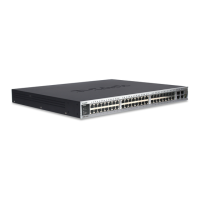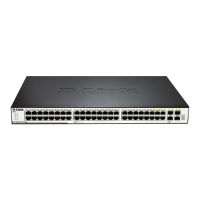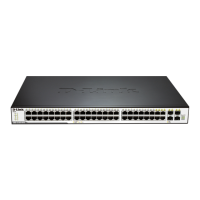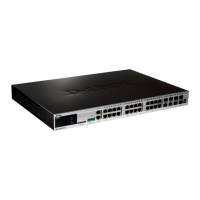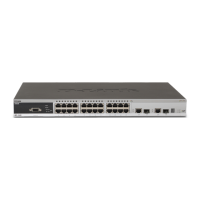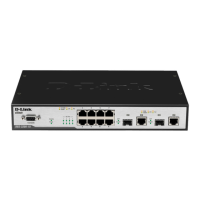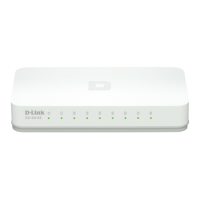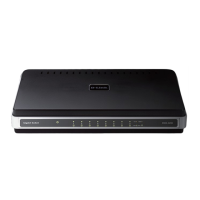18.2.3 Source Port
The source port (also known as the monitored interface) is a switched port, routed port or AP.
This port is monitored for network analysis. In the single SPAN session, you can monitor
input, output and bi-directional frames. There is no restriction for the maximum number of
the source ports.
A source port has the following features:
It can be a switched port, routed port or AP.
It cannot be a destination port at the same time.
It can specify the input/output directions of the monitored frames.
The source port and destination port can reside on the same VLAN or different VLANs.
18.2.4 Destination Port
The SPAN session has a destination port (also known as the monitoring port), which is used
to receive the frame copies from the source port.
The destination port has the following features:
It can be a Switched Port or Routed Port.
When the SPAN session is activated, the destination port does not participate in the
STP.
18.2.5 SPAN Traffic
You can use the SPAN to monitor all network communications, including multicast frames
and BPDU frames.
18.2.6 Interfaces between the SPAN and
Other Functions
The SPAN interacts with the following functions.
Spanning Tree Protocol (STP) — the destination port of SPAN participates in the STP.
18.2.7 Configuring SPAN
This section describes how to configure the SPAN on your switch, covering:
18.2.7.1 Configuring SPAN
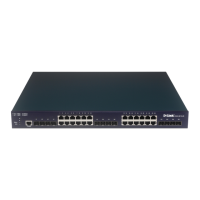
